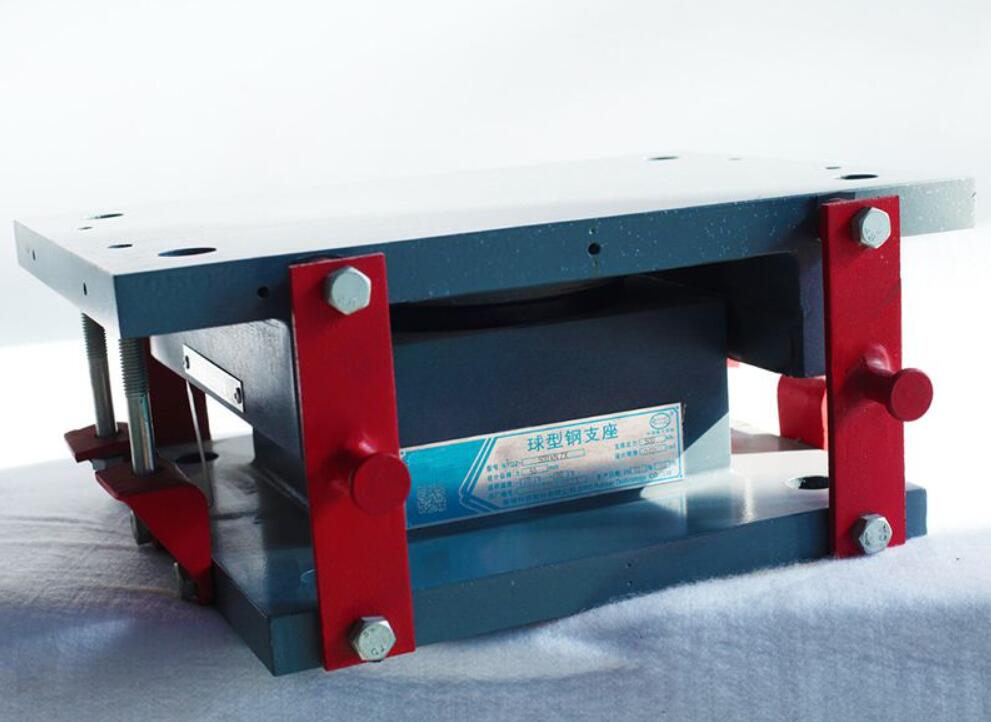What is spherical bearing in bridge?
Spherical bearings are a crucial component of modern bridge design and construction. These bearings serve to accommodate movement and rotation of the bridge structure, ensuring stability and safety even in the face of seismic activity, high winds, or other environmental factors. In this article, we will explore what spherical bearings are and how they are used in bridge design.
A spherical bearing is a type of bearing that can accommodate a wide range of angular movements and misalignments. Unlike traditional bearings, which rely on sliding or rolling elements to facilitate movement, spherical bearings use a pair of spherical surfaces to allow for rotation and tilting. This design makes them ideal for use in applications where components may experience dynamic forces or changing loads.
In bridge design, spherical bridge bearings are typically used to support the weight of the bridge deck and allow for movement in response to environmental factors. These bearings are typically installed between the bridge deck and the supporting piers or abutments. They are designed to accommodate movement in multiple directions, including rotation, translation, and expansion or contraction due to temperature changes.

The primary function of spherical bearings in bridge design is to ensure that the bridge structure remains stable and safe, even in the face of environmental factors that may cause movement or deformation. For example, in areas with high seismic activity, spherical bearings can help absorb the forces generated by earthquakes or other seismic events. They allow the bridge to move and flex in response to these forces, reducing the risk of damage or collapse.
Similarly, in areas with high wind loads or temperature fluctuations, spherical bearings can help ensure that the bridge structure remains stable and secure. By allowing for expansion and contraction of the bridge deck, these bearings can help prevent cracking or warping that could compromise the integrity of the structure.
Spherical bearings come in a variety of sizes and materials, depending on the specific application and environmental conditions. Some common materials used in MInka spherical bearings include steel, bronze, and polymer composites. The choice of material will depend on factors such as load capacity, temperature range, and resistance to corrosion or other forms of degradation.
In addition to their mechanical properties, spherical bearings in bridge design can also play a role in reducing noise and vibration. By providing a smooth, low-friction surface for the bridge deck to move against, these bearings can help minimize unwanted sounds and vibrations that could cause discomfort for bridge users or nearby residents.
Overall, spherical bearings are an essential component of modern bridge design and construction. They help ensure the safety and stability of these critical infrastructure components, even in the face of dynamic environmental factors. By allowing for movement and rotation of the bridge deck, these bearings help absorb forces generated by earthquakes, wind loads, and temperature changes, reducing the risk of damage or collapse. As such, they are an important consideration for any bridge engineer or designer seeking to create a safe, reliable, and durable structure.Submit Your Request



